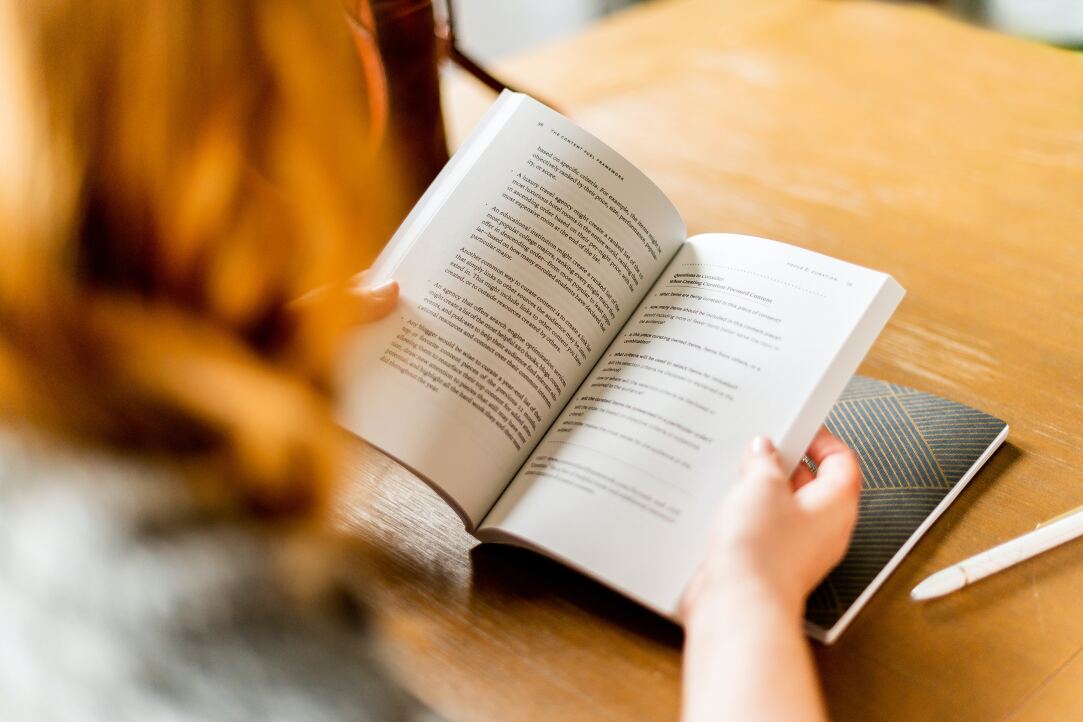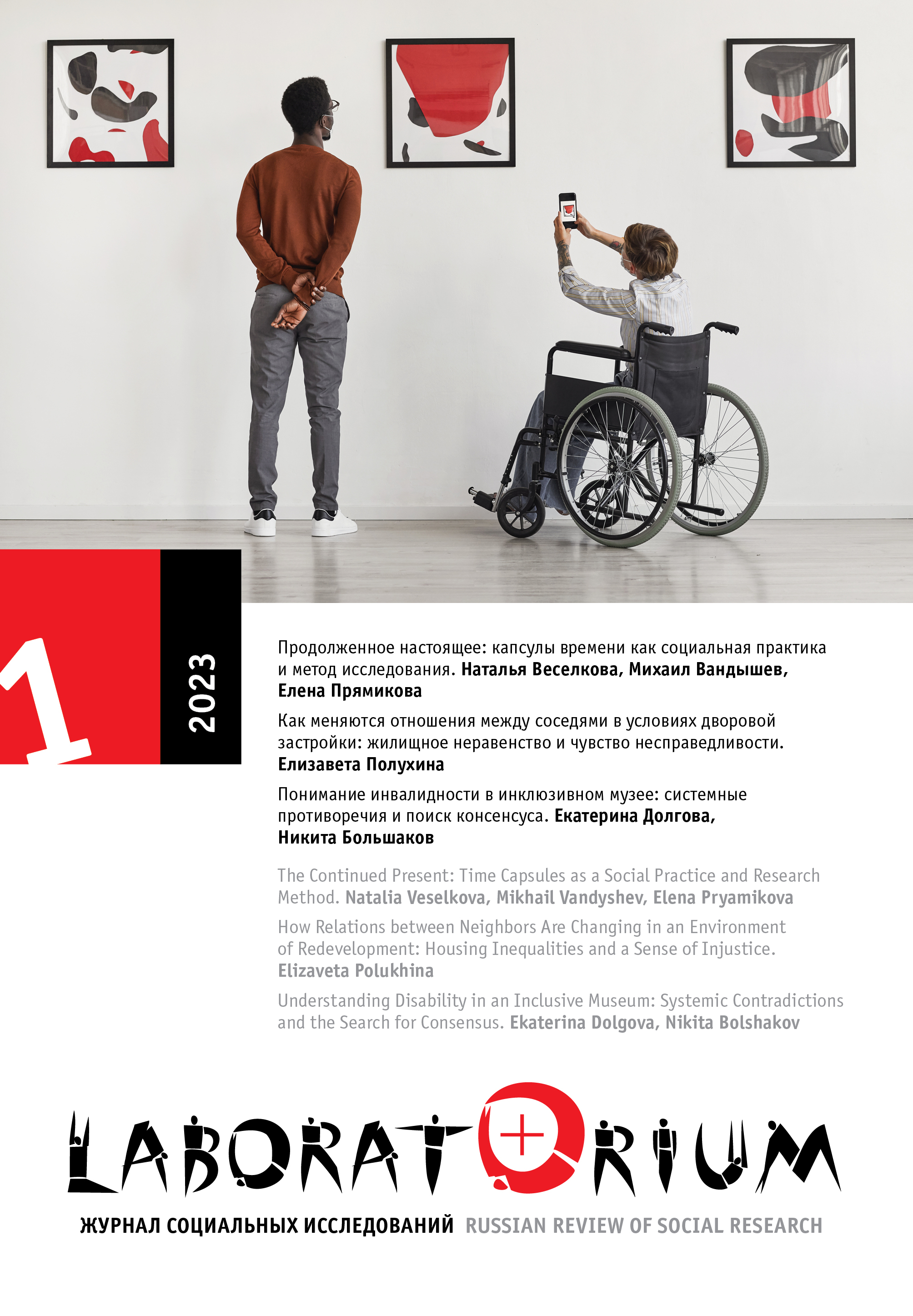The ILSIR staff published the results of scientific research in the journal Laboratorium
Congratulations to our colleagues on new publications!

The new issue of the international journal Laboratorium: Russian Review of Social Research has published articles by our colleagues - Elizaveta Polukhina, Nikita Bolshakov and Ekaterina Dolgova.
In the article "How Relations between Neighbors Are Changing in an Environment of Redevelopment: Housing Inequalities and a Sense of Injustice", Elizaveta Polukhina shows on empirical material how relations between neighbors living in the same yard, but in houses of different types – the khrushchevki (the Soviet-era housing) and new high-rise buildings. In the article, the author examines the hierarchized material environment of the yard space, formed as a result of the urban program involving the demolition of "dilapidated" housing, redevelopment and new development of the territory. The article shows that the long wait for the demolition of the "dilapidated" Khrushchev, the destruction of the yard space have become conditions for the hierarchized living environment, housing inequality and conflict.
Nikita Bolshakov and Ekaterina Dolgova, authors of the article "Understanding Disability in an Inclusive Museum: Systemic Contradictions and the Search for Consensus", considered the problem of constructing a single explanatory framework for understanding disability and inclusion, germane in the context of the multiplicity of interpretations of what an ideal accessible museum is. To construct such an explanatory model, this study analyzes the experience and judgments of museum professionals and blind visitors with regard to disability and inclusion. The modern museum is a source of authoritative opinions and collective experiences. It represents a platform where specialists and other categories of visitors engage in dialogue. One of such categories are blind and visually impaired people who have unique demands on museum infrastructure compared to other categories of visitors.
The analysis was based on the materials of 19 in-depth semistructured interviews with blind and visually impaired visitors and 11 interviews with specialists for inclusive museums, as well as 2 formalized observations at inclusive events in museums.
Congratulations to colleagues!



